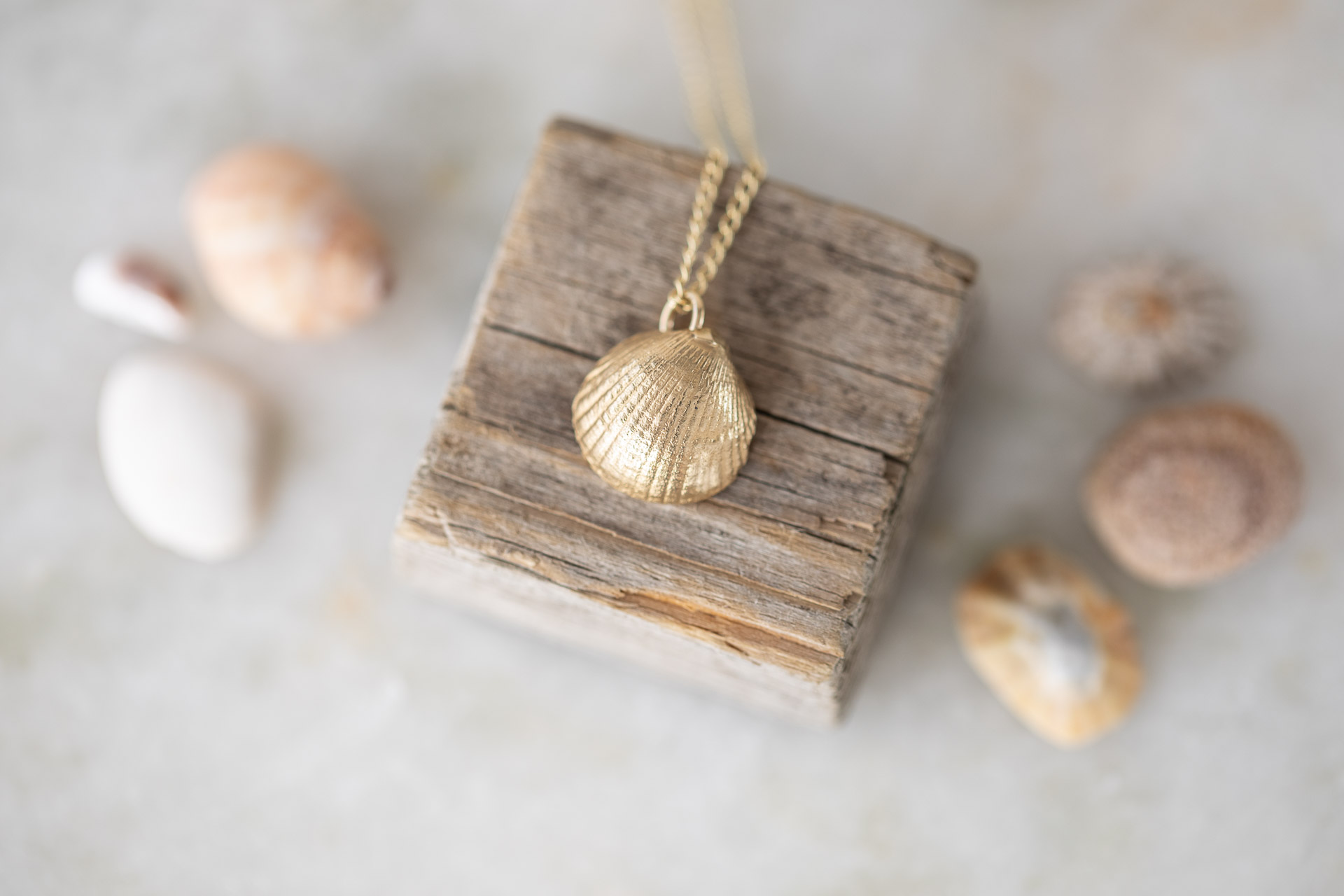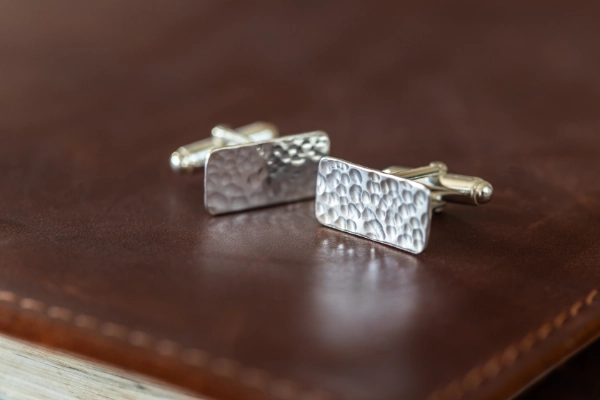Gold with a Hidden Past
When I was on holiday recently, my cousin gave me a long list of book recommendations — and one TV series I couldn’t resist: The Gold on BBC iPlayer. It tells the story of the infamous Brink’s-Mat robbery, which took place in November 1983 at a warehouse near Heathrow Airport. The robbers had expected to find cash but instead stumbled upon 6,800 gold bars, along with cash and diamonds. It was worth £26 million at the time — over £100 million in today’s money — and quickly became known as “the crime of the century.”
Despite an unprecedented £2 million reward, most of the stolen gold vanished. By 1996, estimates suggested that about half had been smelted, recast, and quietly re-entered the legitimate market — even ending up in the reserves of the very company that lost it, Johnson Matthey. Much of the rest remains missing or buried. Even years later, echoes of the robbery kept resurfacing. In 2008, six heavy suitcases of gold grains — potentially worth up to £8 million — were discovered in a London safety deposit box. Police suspected a connection to the Brink’s-Mat theft, though it remains unresolved.
What fascinated me most was the ingenuity used to disguise it. Master criminal Kenneth Noye and his associates melted the bullion, mixing it with copper coins to change its appearance. They then sent it to be hallmarked, making it appear legitimate. In a twist of irony, Johnson Matthey unknowingly bought back substantial amounts of its own gold.
And then there are the stories closer to home. John Palmer, nicknamed “Goldfinger,” was reported to have smelted gold in a shed in his back garden — imagine all that going on just over your fence. Kenneth Noye, meanwhile, buried some of the gold in his neighbour’s garden after kindly offering to plant her some roses. Perhaps the moral of the story is that we should all keep a closer eye on what our neighbours are really up to in their gardens!
Because of all this, it’s often said that almost every piece of gold jewellery made since 1983 contains a little of the Brink’s-Mat gold. Imagine that — a hidden history locked within the very metal.
It made me look at my own 9ct gold designs a little differently. Pieces that already carry meaning — a shell gathered from the Norfolk coast, vintage buttons cast into gold, my T-bar necklace and my most recent mussel shell design which I shared on social media — now feel part of a much bigger story. They are Norfolk-inspired, handmade here in my workshop, but perhaps also connected in some small way to that dramatic event in 1980s London.
Jewellery has always been about stories for me. Sometimes those stories are deeply personal — a childhood memory, a button from a grandmother’s sewing tin, a walk along a windswept Norfolk beach. And sometimes, as with gold itself, the story stretches out far beyond us.
That’s what I love most about working in precious metals: their past is never really lost. It becomes part of what we carry forward, layer upon layer, in every piece we wear.
👉 Explore my 9ct Gold Jewellery


.webp)
